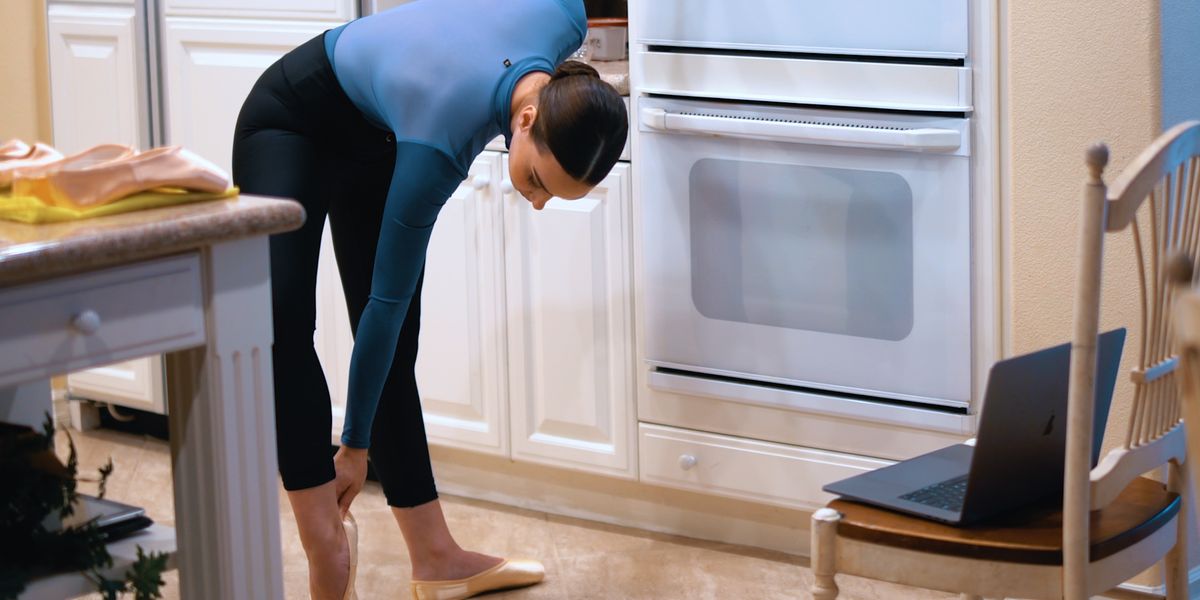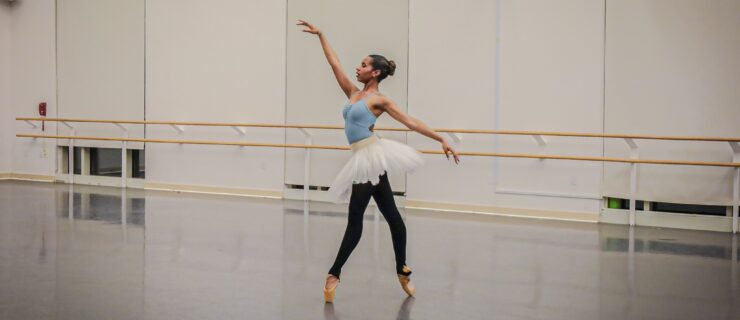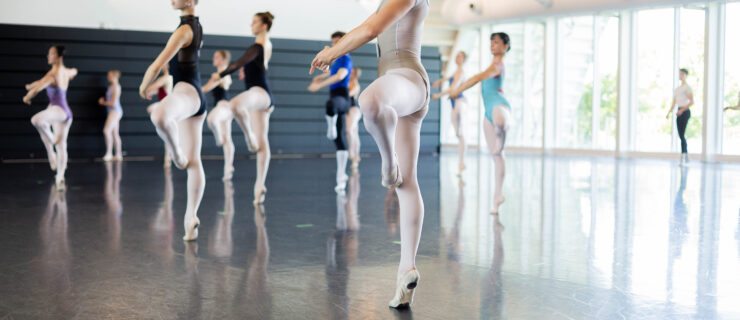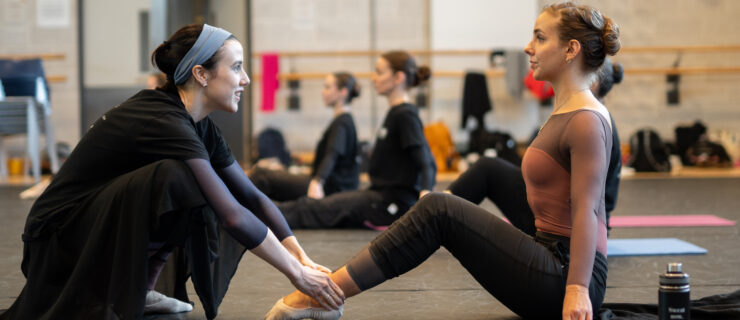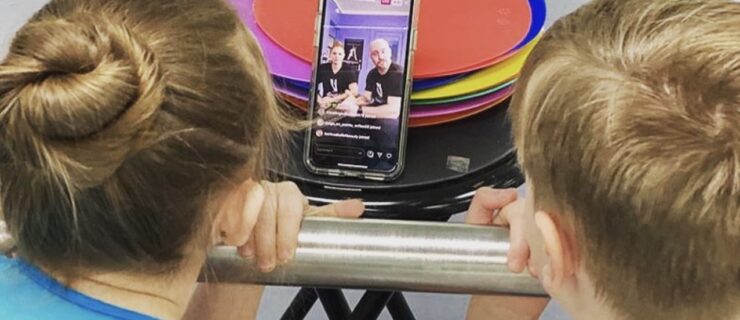Should You Try a Virtual Pointe Shoe Fitting?
Hopefully, a regular routine of living room relevés is keeping your pointework alive during the social distancing era. Now there’s one more thing you can do from home: get fitted for pointe shoes. But should you forgo an in-person fitting?
Discount Dance Supply started planning its Virtual Pointe Fitting program about six months ago, long before the COVID-19 pandemic hit. “Initially, the idea was to target dancers who didn’t have access to either a store in their area that carried a wide variety of pointe shoes or quality and trained fitters,” says fit specialist Greer Yarborough, who helped develop the program. They’re not totally alone: Canada’s National Ballet School’s Shoe Room also has virtual fittings, and brands like Gaynor Minden offer detailed questionnaires.
Discount Dance Supply’s service costs $25, a nonrefundable flat fee that gets you up to three online fittings to use within a year. To initiate the process, you start by filling out a questionnaire with about 30 questions including your age, if you’ve done pointe before, what brands you’ve worn, what you liked about those, what you didn’t like and detailed questions covering foot shape. You’re also prompted to upload three photos, one of your feet from the top in sixth position, one in a relevé in first, and one in a tendu side.
Based on those answers, a fit specialist selects about four shoes to send, often two styles in two sizes that alter in length or width. Yarborough notes that the fitters might also include a number of accessories in the shipment such as gel tips, toe spacers and box liners. When the shoes arrive, they schedule a time for the live-video fitting. “Facetime, Skype, Google Duo—however they want to do it,” says Yarborough.

Courtesy Discount Dance Supply
The next step is where in-person and digital fittings most differ. “In person, I’m usually a pretty physical fitter. I’m on the floor and moving their feet and feeling the shoes,” says Yarborough. Online, fitters have to verbally walk the dancer through these motions and make sure they’re getting enough feedback to assess the fit.
If the dancer likes a shoe and an accessory, they’re charged for whatever is kept and can return the rest at no cost. One of the three fittings could be a follow-up to see how the shoes are breaking in. If none of the selections fit, you can return the shoes and start the process again.
Discount Dance Supply claims to have a 95 percent success rate for the process. While there are perks—access to more brands than your local store might have, convenience of shopping from home—Yarborough notes it’s not a perfect science.
One of the hardest things to gauge is foot compression, how much a foot’s metatarsal region narrows when on pointe. “That can be tricky if they don’t think they’re compressible but I would categorize them as compressible if I were feeling their feet in person,” she says. “I would have sent them something more narrow.”
Obtaining proper feedback might be particularly difficult with younger dancers who don’t know what they’re looking for or how to articulate it. Yarborough says that underage dancers need to have permission and be accompanied by a teacher or a parent.
The convenience factor might lessen if you have go through weeks of additional shipments and trial and error, but the greatest risk would be a dancer who isn’t ready for pointe obtaining shoes because a fitter can’t assess ankle strength in person. Yarborough says fitters watch out for questionnaires that indicate a lack of readiness and pushes back against the idea that this is any different digitally: “You would face that in a brick and mortar setting as well. If someone’s going to lie to get pointe shoes, they’re going to lie to get pointe shoes.”
